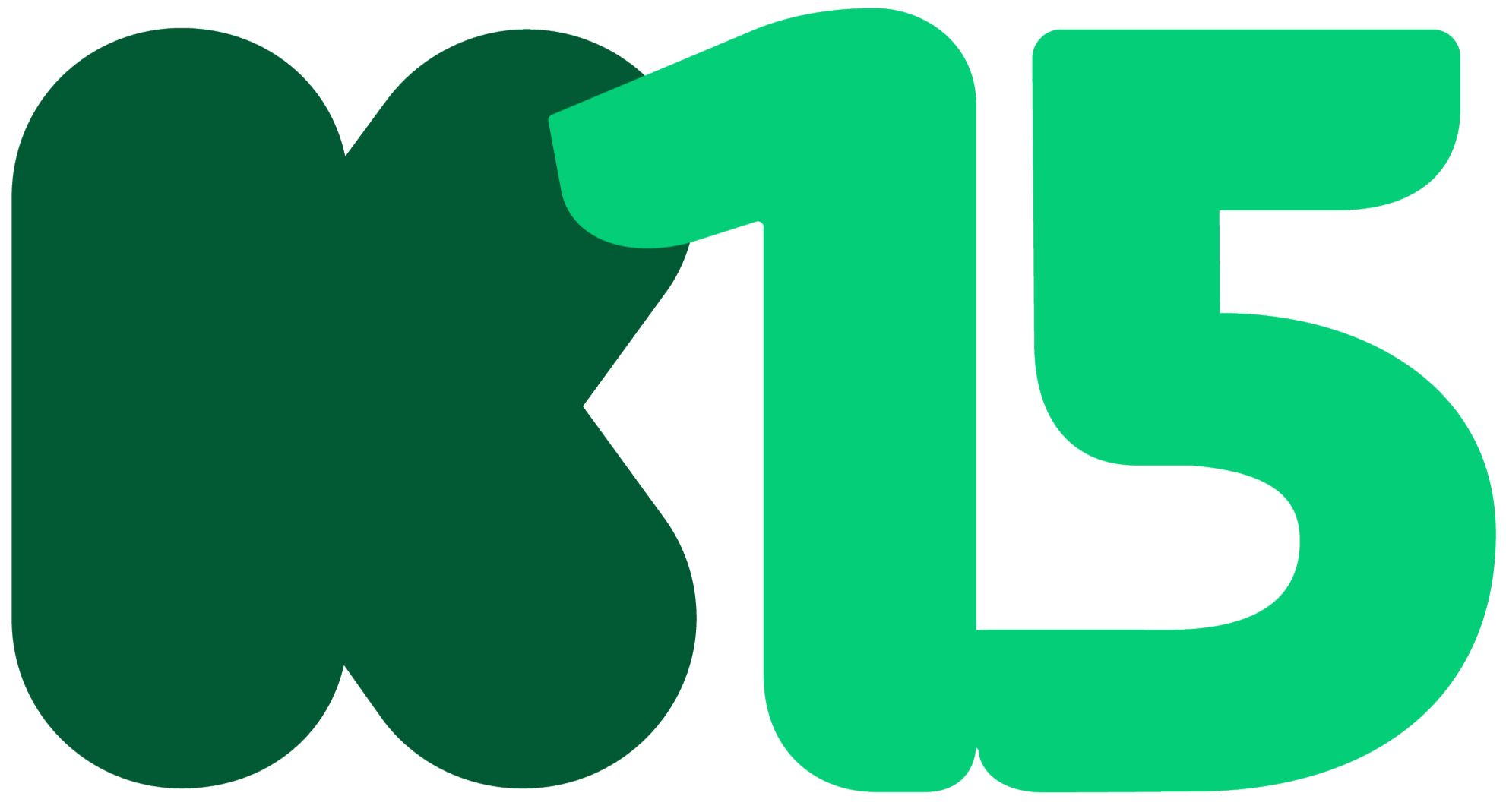What Do You Wish You Had Known Before Launching Your Kickstarter Project?

Ten Kickstarter creators share advice for first-timers, from planning rewards to how to keep in touch with backers.

One of the hardest parts of running a Kickstarter campaign is the unknown of what happens after you hit “Launch.” Even with proper planning and a thoughtfully designed campaign, surprises can still happen. Here are lessons learned from ten fellow Kickstarter creators who’ve been there.
When telling your story, focus on the message vs. high production value
“Generally, backers don’t care all that much about the [production value] of your video. They care about the message. Tell people what you’re doing and why you’re doing it. Be vulnerable and honest. That will go a long way!” —Gumption Depot Inc, creator of the Reboot wristwatch
Watch: Kickstarter creators share more advice for your project video
Before you launch, come up with a plan for how you’ll engage with your community
“I didn’t realize how much energy [running a campaign] would take. I read and heard that I should have help during the campaign, but didn’t take it that seriously. Social media is a 24/7 thing; you’re basically “on” all the time. This was exhausting to me. I will better plan how often to engage with the campaign each day to stay on top of it, but not let it overtake my life. And I will get help!” —Kelly Pratt, creator of LIFT, a guide that helps you create a vision board

“The Kickstarter community is more spectacular than I ever expected, the results of which were both fantastic and terrifying. I didn’t imagine that so many backers would find and share my project strictly because they frequent Kickstarter looking for great projects to back. I thought I’d have to depend strictly on my own network to fund my project. I was wrong. But this also had unforeseen consequences.
I ended up with over 11,000 backers, which resulted in an unquantifiable amount of notifications and messages in the first year of the project. While I was elated to communicate with my backers one on one (and still am!), the amount of time I had to spend replying to messages instead of working on the actual project is not something I could’ve ever imagined. No regrets! Great problems to have! But if I had to do it again, I would probably set limits to the amount of backers in certain tiers and play it by ear just to be on the safe side.” —Cesar Kuriyama, creator of the 1 Second Everyday app
“Plan your communications by key milestones (e.g. 50%, two weeks left, reached our goal). Have down what you want to say, to who, and where. Going to put it on social media? Think about the images you’ll need also.” —Heatonist, a hot sauce tasting room on a mission to spread the word about the wonderful flavors of all-natural, craft hot sauces
Keep your rewards simple and focused
“Keep your rewards super simple. If you are raising cash for a film, you want to spend as much of your time and the money you have putting something lovely on screen. Trust me, no one cares about a T-shirt, a poster, or a signed script by an as-yet-unknown actor. They want an experience! We offered everyone that backed Boxer on The Wilderness an invite to the premiere screening set up just for them. It didn’t matter if you gave £10 or £1000, you got to come to see it and I got to personally thank everyone.” —New Thirty Pictures, creator of Widow’s Walk, a horror film
“Don’t discount your rewards. Limited early bird reward tiers are good to reward your friends and family, but you shouldn’t cut your price. Backers aren’t expecting discounts and you won’t get a true read on your retail price.” —Dave and Calvin Laituri, a father-and-son creative team behind 17 Kickstarter-funded products
“Beware of minimum orders from your vendor on product. I had several T-shirt choices and ended up having to order 12 of one T-shirt design to fulfill one reward. The T-shirts were swag because I was raising money to host an event. Three years later, I still have 11 ‘Death by Gun’ T-shirts in my basement because it feels weird to sell them.” —Lizzy Miles, a hospice worker whose four projects explore end-of-life issues and stories
Watch: Kickstarter creators share more advice about rewards
“It’s very easy to be carried along by backer enthusiasm and end up giving away more than you should with stretch goals. Be very careful what you commit to, even if it looks like a good idea. Adding complexity will cost you time, money, or both.” —Alex Eames, creator of Raspi.TV and eight Kickstarter-supported Raspberry Pi products
Always (always!) consider the cost of shipping
“Shipping costs count towards your goal! Kickstarter mentions this in a couple of sentences here and there. But, coming from the business world, I really felt like this should have been in 50 point font, red, bold, blinking. This is not an intuitive way to manage the goal. You set a goal, it should be the goal towards your project. In my case, international orders were 50% shipping, so I was sweating for a little while!” —Kier Selinsky, creator of the ƒ/D Book of Pinhole
You can do it
“Don’t give up! We got a surge at launch, then a big dip, and then a big surge when we hit about 80% of goal, and then a final surge in our last 24 hours. People latch onto the success of your project, and the enthusiasm to be “part of it.” So if you’re still short in the last days, amp it up — you still have a good shot.” —Kier Selinsky, creator of the ƒ/D Book of Pinhole




